Indicator Species Offer Important Clues About Earth’s Ecosystems
Published Oct. 14 2022, 2:05 p.m. ET

Mayflies are an example of an indicator species. Their presence can help researchers indicate the quality of water.
Healthy ecosystems are an essential part of Earth’s survival, and indicator species give scientists an insight into how these ecosystems are doing.
Without the biodiversity that ecosystems offer, we wouldn’t have clean air, clean water, systems that regulate flooding and erosion, medicine, or food. It’s safe to say that we need our ecosystems to be absolutely thriving.
What is an indicator species?
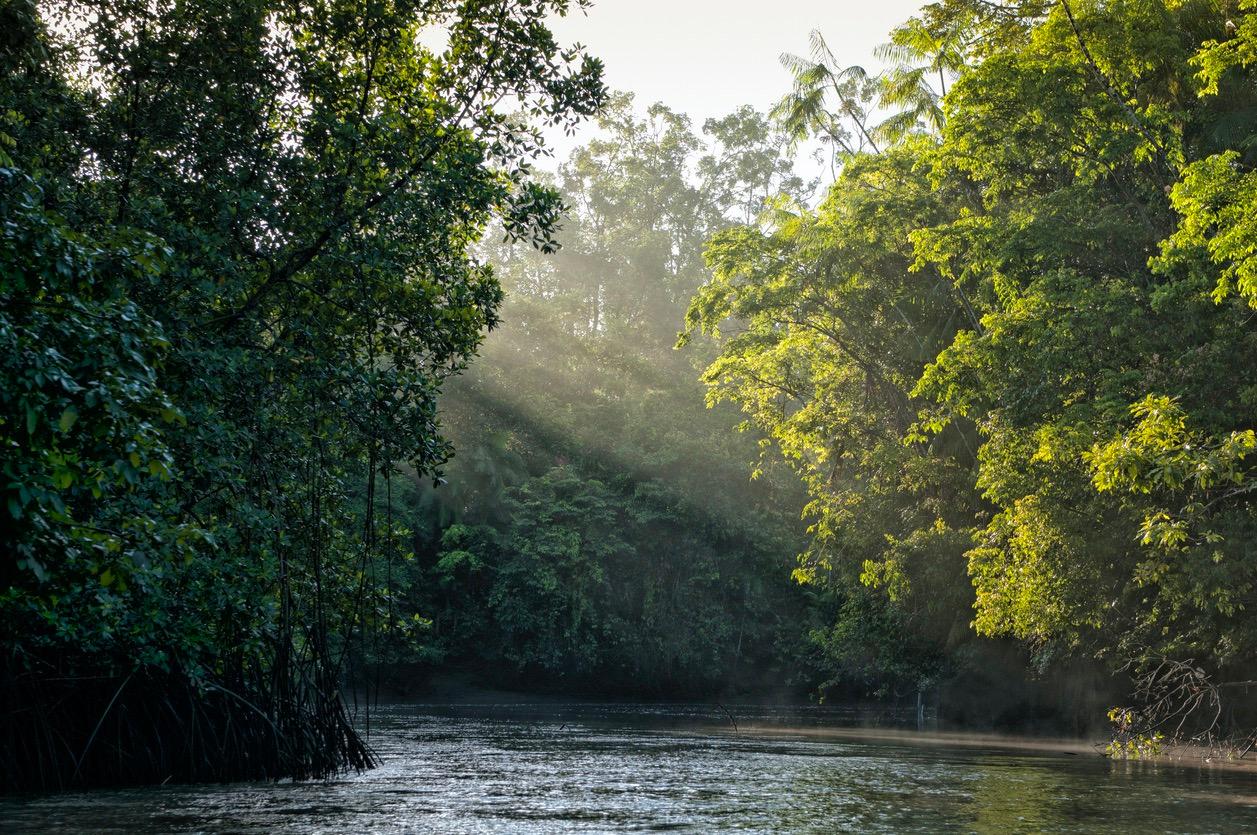
An indicator species is an organism that can reflect the condition of an ecosystem. That’s to say, their presence or absence is meaningful. They help us understand changes or potential changes in ecosystems.
An indicator species can be a plant, animal, or bacteria.
When researching indicator species, there’s a chance you’ll come across a few unfamiliar terms.
For example, a keystone species is a species that an ecosystem depends on to a great extent — without this species, the ecosystem would essentially fall apart.
An indicator species and a keystone species are different, but it’s possible to be both. National Geographic gives the example of the white ash tree. These trees can help indicate the presence of an invasive species, but they also provide food and shelter for a variety of animals.
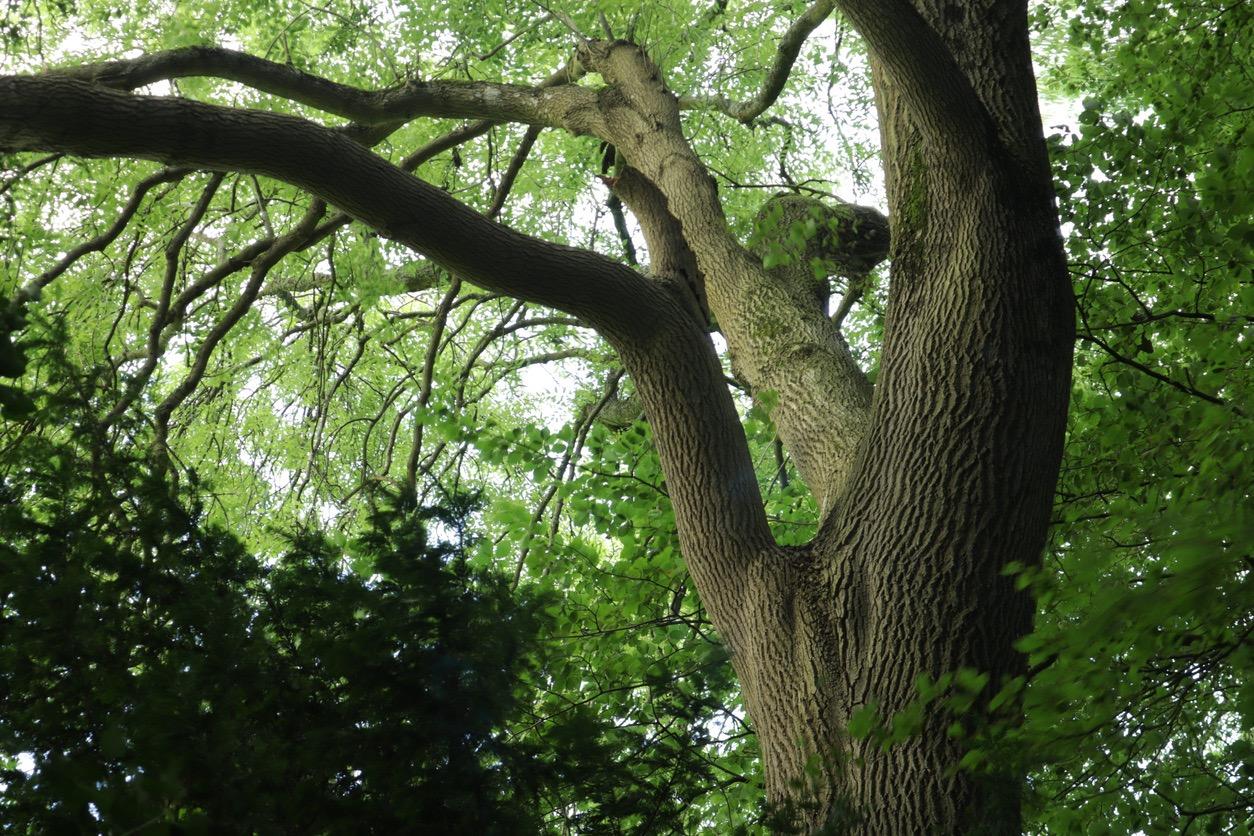
"Bioindicator" and "biomonitor" are other unknown words you’ll possibly see.
A bioindicator is simply another name for a species indicator. Biomonitors are used to measure the contaminants in an ecosystem because they tend to accumulate toxins in their body.
Scientists study and monitor our ecosystems for all sorts of reasons, but when observing indicator species, they are usually watching for something specific. According to National Geographic, they might want to know about pollution, drought conditions, habitat loss, or the possibility of an invasive species.
By keeping an eye on these species, we can understand different shifts in ecosystems, which have the ability to reflect larger shifts in our climate.
Examples of indicator species:
Coral, amphibians, and spotted owls are all great examples of indicator species. Each one of these species can signal specific conditions in their ecosystems.
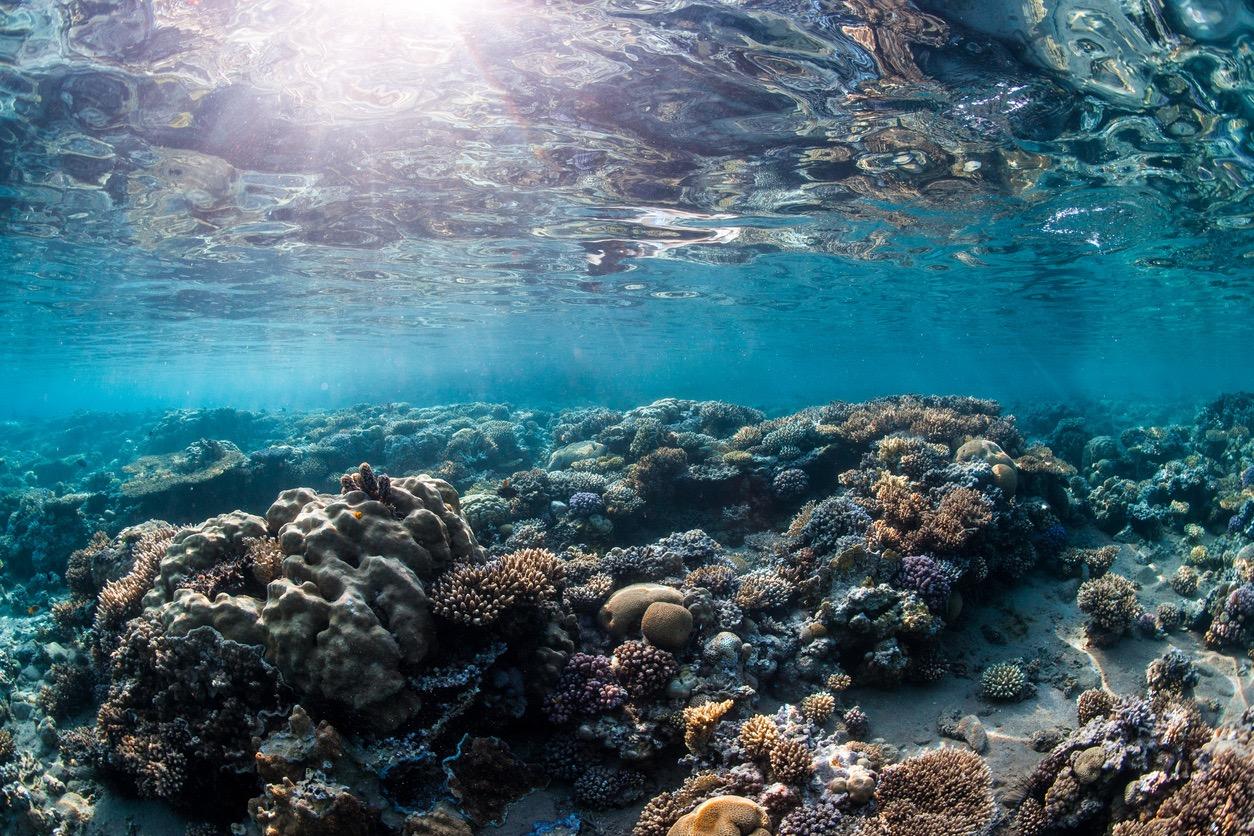
You’ve probably heard a lot about coral reefs dying from declining water quality, pollution, and a long list of other issues. According to the NOAA, over half a billion people depend on reefs. Coral reefs are an indicator of water quality due to the fact that they can only tolerate very specific water conditions.
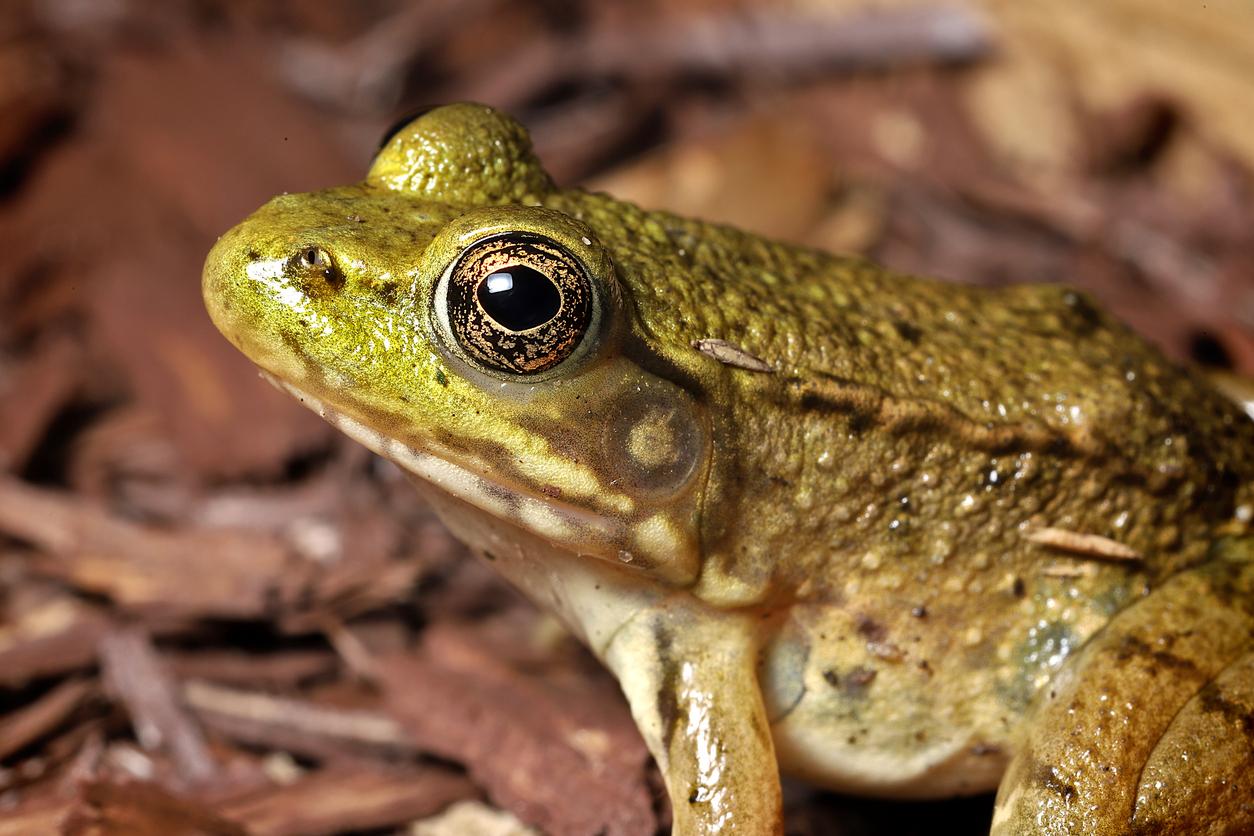
Frogs, toads, and salamanders are all indicator species. These amphibians are highly sensitive to their environments due to their permeable skin. They can signal poor air and water quality. For example, the use of pesticides has significantly decreased populations and has even caused some amphibians to develop deformities.
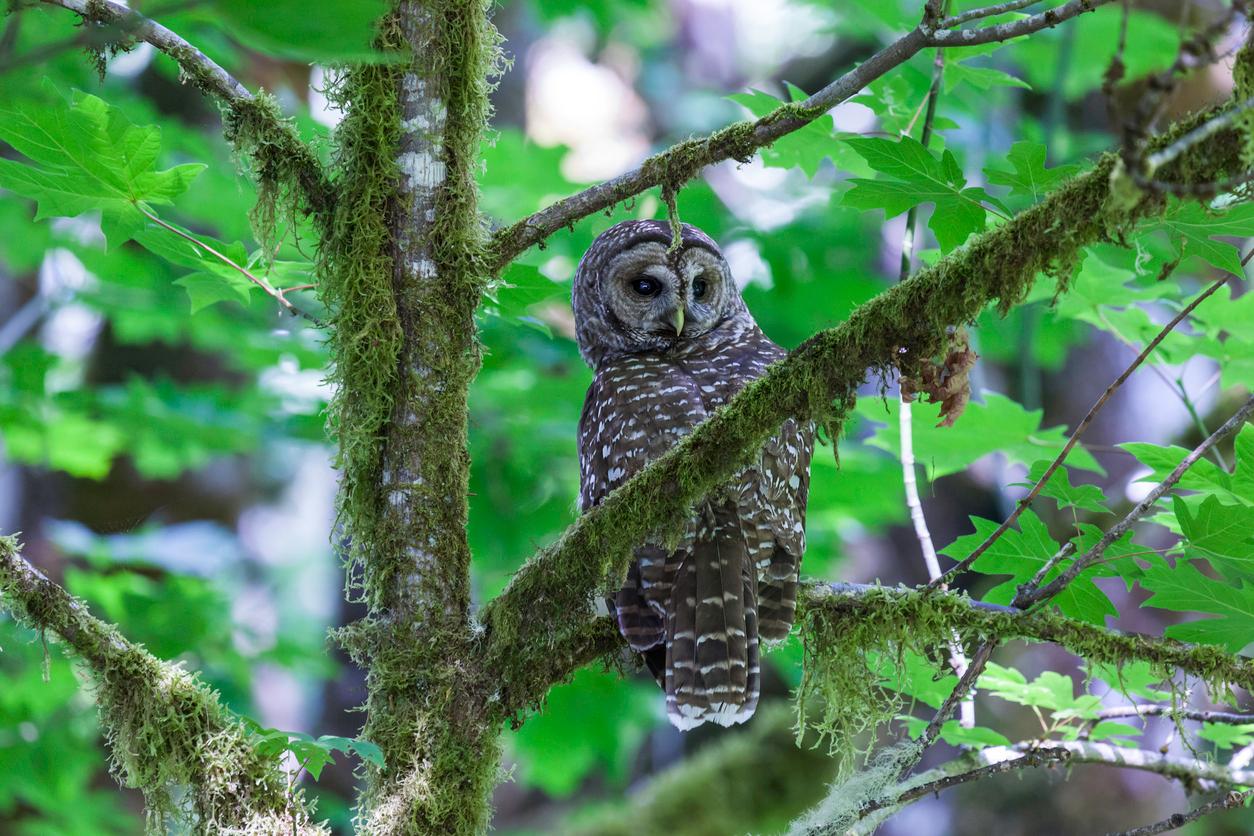
Spotted owls can help determine the health of forests. This species is largely affected by logging and other human disturbances. If spotted owl populations are declining, it can be a sign that other species are being negatively impacted too.
Why are indicator species important to identify?
Indicator species are extremely important to identify because they give us huge insights into what is happening in our ecosystems and the impact of those changes.
If scientists are able to figure out what changes are occurring, they might be able to help solve the problem by implementing different conservation strategies. All of the data gathered can also be used to create studies and models for those environments.
These species can even assist us in monitoring the effects of the climate crisis. Often described as "an early warning system," it’s important that we keep an eye on indicator species.